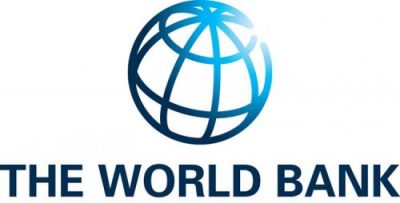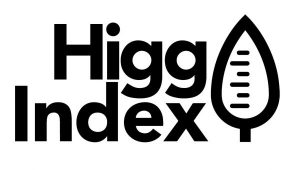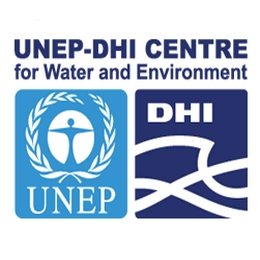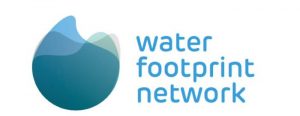Primary Functions
- Global development datasets for annual freshwater withdrawals by industry type, percentage of population with access to improved water sources, and water productivity.
Detailed Description
The World Bank recognizes that transparency and accountability are essential to the development process and central to achieving the Bank’s mission to alleviate poverty. The Bank’s commitment to openness is also driven by a desire to foster public ownership, partnership and participation in development from a wide range of stakeholders. As a knowledge institution, the World Bank’s first step is to share its knowledge freely and openly via the Global Development Datasets.
Statistics and data are a key part of that knowledge and are easily accessible on the web for all users. The World Bank’s Global Development Datasets provide free and open access to a comprehensive set of data about development in countries around the globe, together with other datasets cited in the data catalog.
Broader access to these data allow policymakers and advocacy groups to make better-informed decisions and measure improvements more accurately. They are also valuable tools to support research by journalists, academia, and others, broadening understanding of global issues.
The World Bank works to improve the quality, timeliness, and relevance of the Global Development Datasets to better support fighting against poverty and to increase the statistical capacity of client countries and international partners. The World Bank provides a variety of services, including advice and support for projects, management of partnership activities, and financial resources. The main statistical capacity programs include:
- ECASTAT is a programmatic regional trust fund established for assisting countries to improve their statistical systems, increase their capacity to produce reliable, timely and accurate data in line with internationally accepted methodologies and best practices that meet user needs, and inform decision-making process within the government and community.
- Statistics for Results Facility is a multi-donor initiative, managed by the World Bank, to sup¬port statistical development in developing countries. Along with its Catalytic Fund (SRF-CF), this initiative promotes statistical capacity building and supports better policy formulation and decision- making through improvements in the production, availability, and use of official statistics.
- Trust Fund for Statistical Capacity Building (TFSCB) is a global grant facility focusing on improving countries’ capacity in the production, analysis, dissemination, and use of timely statistics.





